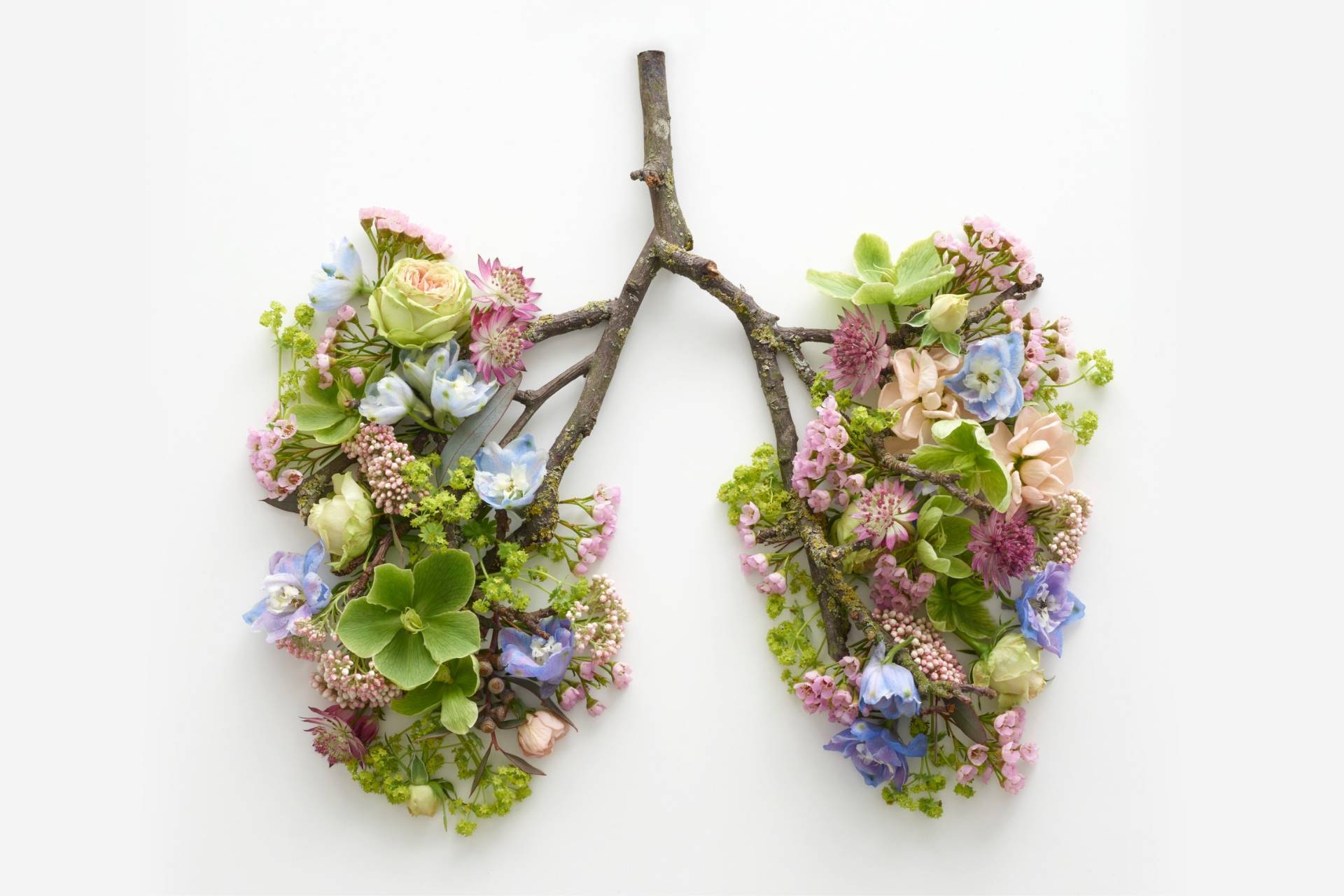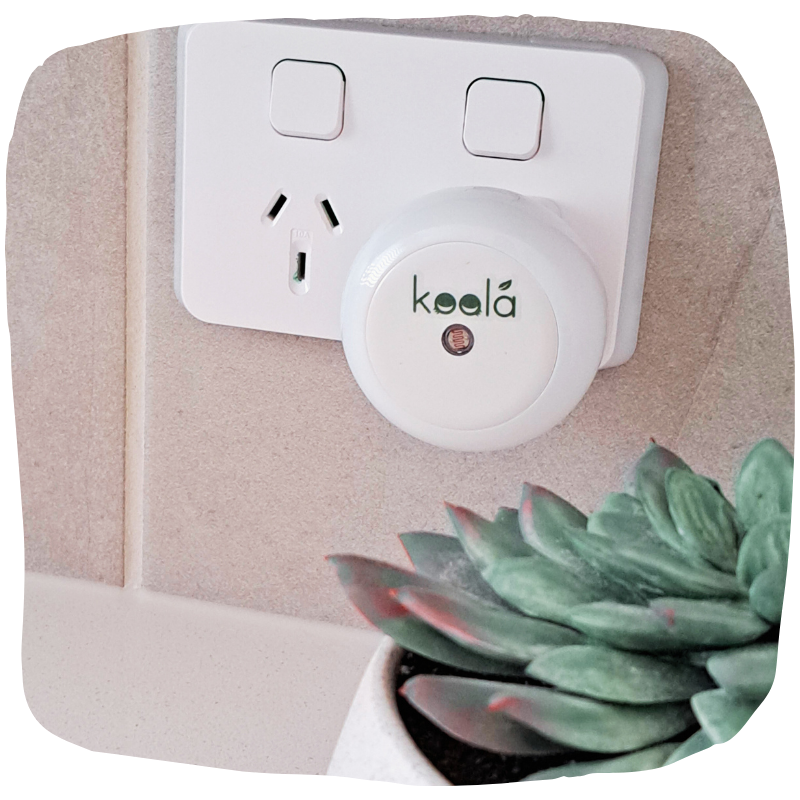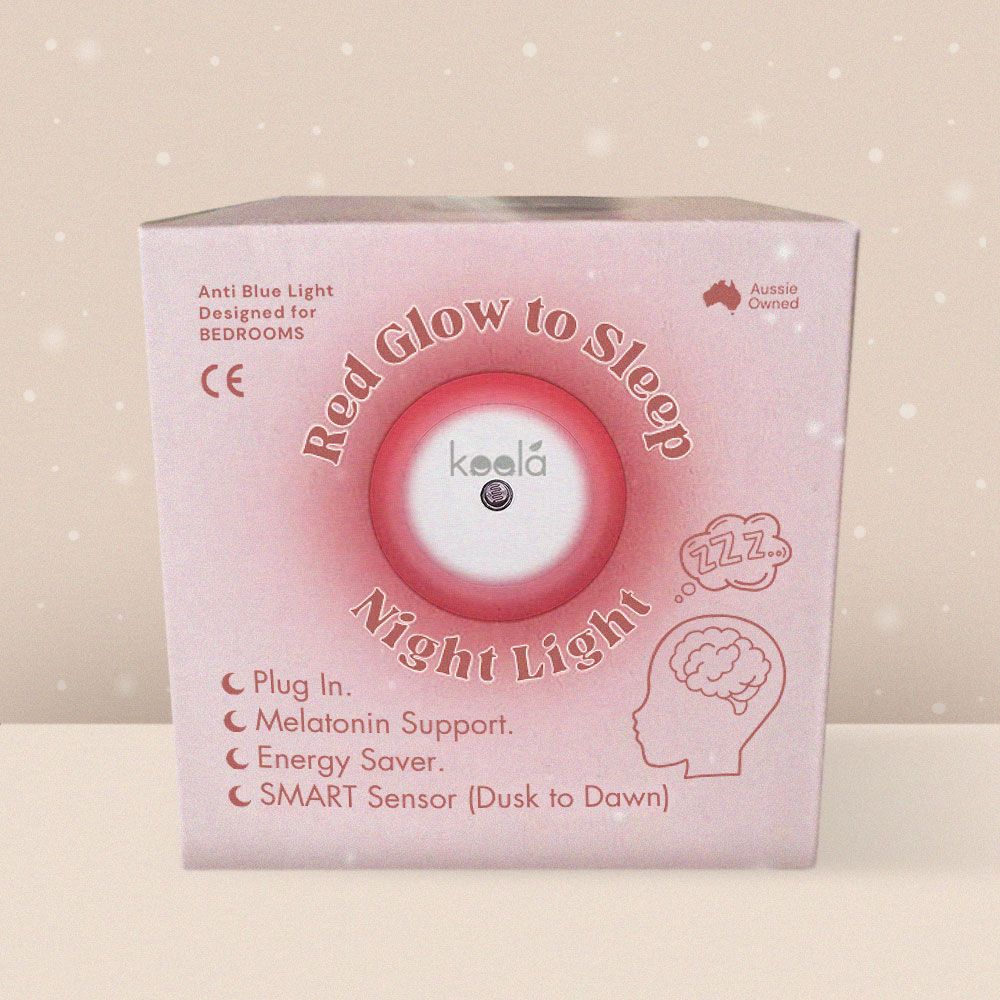Welcoming a new life into the world is a transformative experience for mothers. Amidst the joy and excitement, it is crucial for new and pregnant mothers to prioritise their own well-being. One powerful tool that can support their physical and emotional health is conscious breathing. By incorporating specific breathing techniques into their daily lives, you can tap into the benefits of the vagus nerve, a crucial component of the body’s relaxation response.

The Significance of Conscious Breathing
Exposure to maternal sounds may play a critical role in preparing a newborn brain for hearing and language development. It’s believed that unborn babies first begin to hear around 20-24 weeks into gestation when neurons start forming connections in the auditory cortex. From inside the womb, fetuses are exposed to low-frequency sounds like their mother’s heartbeat and a muffled version of her voice.

Benefits of Conscious Breathing
Conscious breathing promotes stress reduction, relaxation, and emotional well-being for new and pregnant mothers. It improves digestion, cardiovascular health, respiratory function, and immune regulation. Prioritising the health of the vagus nerve through conscious breathing exercises has a significant positive impact on overall well-being.
Let’s look at the techniques that you can consciously incorporate into your day to day lives.
1. Deep Diaphragmatic Breathing:
- Sit or lie down comfortably.
- Place one hand on your abdomen and the other on your chest.
- Inhale deeply through your nose, allowing your abdomen to rise as you fill your lungs with air.
- Exhale slowly through your mouth, feeling your abdomen lower.
- Repeat for several breaths, focusing on slow, deep breaths and allowing your body to relax.
2. Box Breathing:
- Find a quiet place and sit in a comfortable position.
- Inhale slowly and deeply through your nose, counting to four.
- Hold your breath for a count of four.
- Exhale slowly through your mouth for a count of four.
- Hold your breath again for a count of four.
- Repeat the cycle for several rounds, maintaining a steady rhythm.
3. Alternate Nostril Breathing:
- Sit comfortably and use your right thumb to close your right nostril.
- Inhale deeply through your left nostril.
- Use your right ring finger or pinky to close your left nostril, and exhale through your right nostril.
- Inhale through your right nostril, then close it with your thumb.
- Release your left nostril and exhale through it.
- Continue alternating nostrils for several cycles, focusing on slow, steady breaths.
4. Humming Breath:
- Sit comfortably and take a deep breath through your nose.
- Exhale gently while making a humming sound.
- Feel the vibrations in the back of your throat.
- Continue humming as you inhale slowly through your nose.
- Repeat the process for several breaths, focusing on the calming vibrations.
5. Slow Exhalation Breathing:
- Find a relaxed position and take a slow, deep breath through your nose.
- Exhale slowly through your mouth, extending the exhalation phase.
- Aim for a longer exhale than inhale, such as inhaling for a count of three and exhaling for a count of six.
- Focus on the sensation of releasing tension and stress with each breath.
- Repeat for several breaths, allowing yourself to unwind.

Remember, consistency and regular practice are key to reaping the benefits of these techniques. Start with a few minutes each day and gradually increase the duration as you become more comfortable.
As a new or pregnant mother, incorporating conscious breathing techniques into your daily life can make a world of difference, not only for yourself but for those around you. Whether it is during meditation or yoga or just while you are cooking or even when you find yourself in a stressful situation. Engaging in practices such as the strategies mentioned, you can effectively manage stress, increase relaxation, and regulate your emotions.
These simple techniques empower you to prioritise your well-being, nurturing your mental and physical health. By taking time for self-care and embracing conscious breathing, you create a positive ripple effect, fostering a harmonious environment for yourself and your loved ones.
So, take a moment each day to breathe consciously and experience the transformative power it can bring to your life as a mother.
References
Busch, V., Magerl, W., Kern, U., Haas, J., Hajak, G., & Eichhammer, P. (2012). The effect of deep and slow breathing on pain perception, autonomic activity, and mood processing—An experimental study. Pain Medicine, 13(2), 215-228.
Brown, R. P., & Gerbarg, P. L. (2005). Sudarshan Kriya yogic breathing in the treatment of stress, anxiety, and depression: Part I—Neurophysiologic model. Journal of Alternative and Complementary Medicine, 11(1), 189-201.
Jerath, R., Crawford, M. W., Barnes, V. A., & Harden, K. (2015). Self-regulation of breathing as a primary treatment for anxiety. Applied Psychophysiology and Biofeedback, 40(2), 107-115.
















































































